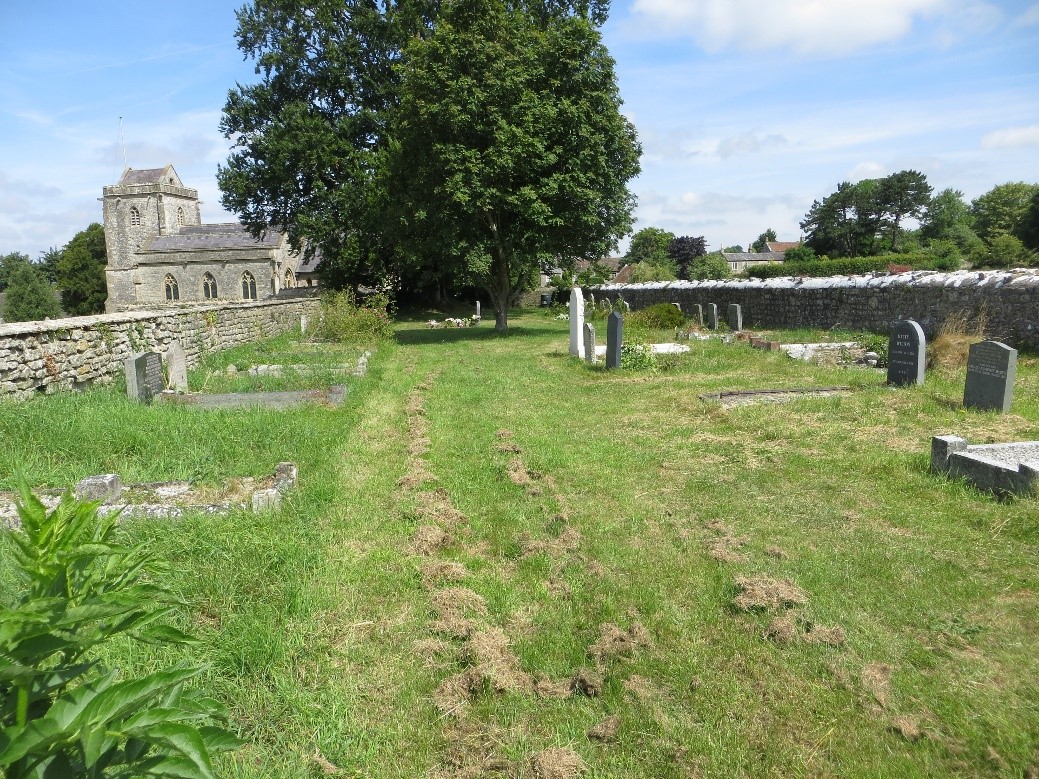
The Church of St Nicholas dates from the 13th and 14th centuries although it was heavily restored and rebuilt in 1860 to the design of Benjamin Ferrey, diocesan architect. From the Bath Chronicle of Thu 26 Jul 1860 p6: “Kelston Church, on the Bath side of the Avon, is much dilapidated, but is, I believe, about to be restored. The Commandments are in black letters. I should mention that close to this stood formerly Kelston House, at which Queen Elizabeth was received by Sir John Harrington.” Although no reports of the rededication of the church have been found, the Bath Chronicle of Thu 27 Dec 1883 p5 refers to “the windows of the aisle and nave (including the two handsome stained-glass windows that have recently been erected)”.
The ‘Sir John Harrington’ mentioned was a courtier at the court of Queen Elizabeth I. His mother had been one of the queen’s gentlewomen of the privy chamber and he was one of the queen’s godsons. He was the author of A New Discourse of a Stale Subject, Called The Metamorphosis of Ajax in 1596. This described his invention of a flushing toilet (a ‘jakes’) as well as ranging far and wide on the subject of urban sanitation and the causes of diseases, giving examples of Roman measures in sanitation and how the English government could improve matters.
The Bath Chronicle and Herald of Sat 20-Jun-1925 p2 has a picture with a title “The Bishop of Bath and Wells chatting with Mrs. Feltham, the oldest inhabitant, after Monday’s consecration of Kelston churchyard”. Page 4 of the same edition has a brief mention in one sentence that an extension to Kelston churchyard had been consecrated. However, the entry for a burial in 1937 has ‘1st in new graveyard’.

The graveyard is in two parts: the old section surrounding all sides of the church and a 20th-century rectangular extension to the southeast which has the plots laid out in a grid of 4 rows.
At some point – possibly during the renovation of 1860 - various memorials within the church were removed and placed in the churchyard. The evidence for this is the account by Rev John Collinson in his History of Somerset, dating from the 1780s, which has various memorials were noted as being in the church but have been found in the churchyard. This includes some wall memorials which are now embedded in a wall and ledger stones leaning against the same wall.
Limitations
Several dozen photographs of memorials have yet to be incorporated into the documentation of the memorial inscriptions.